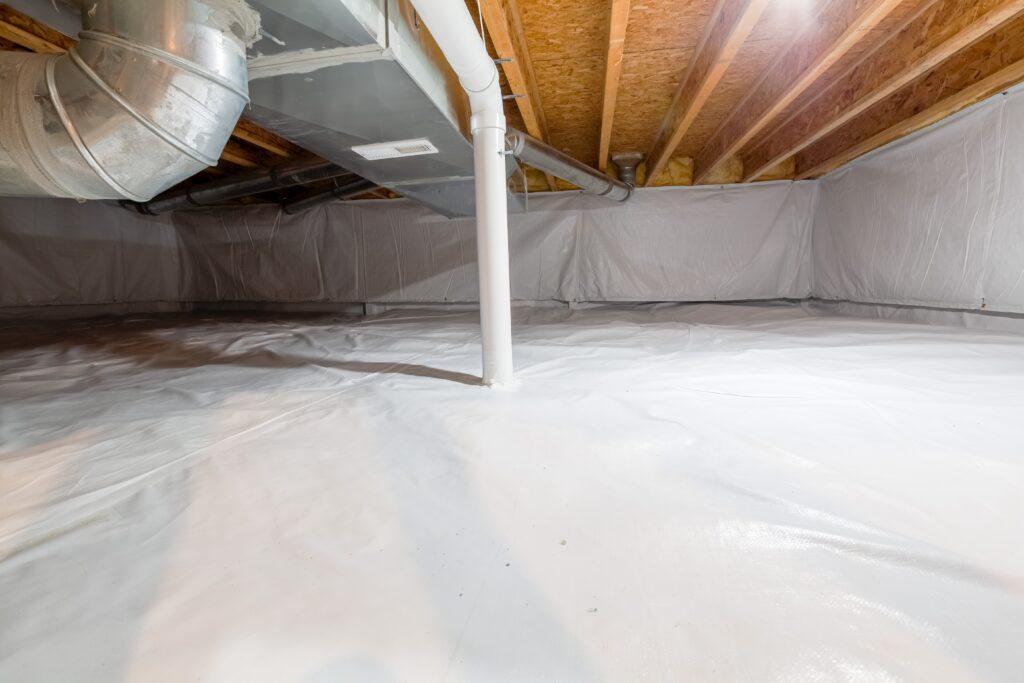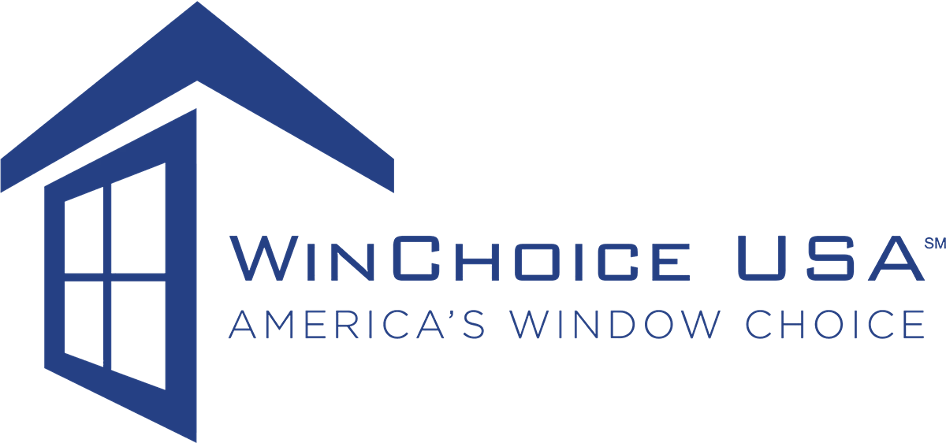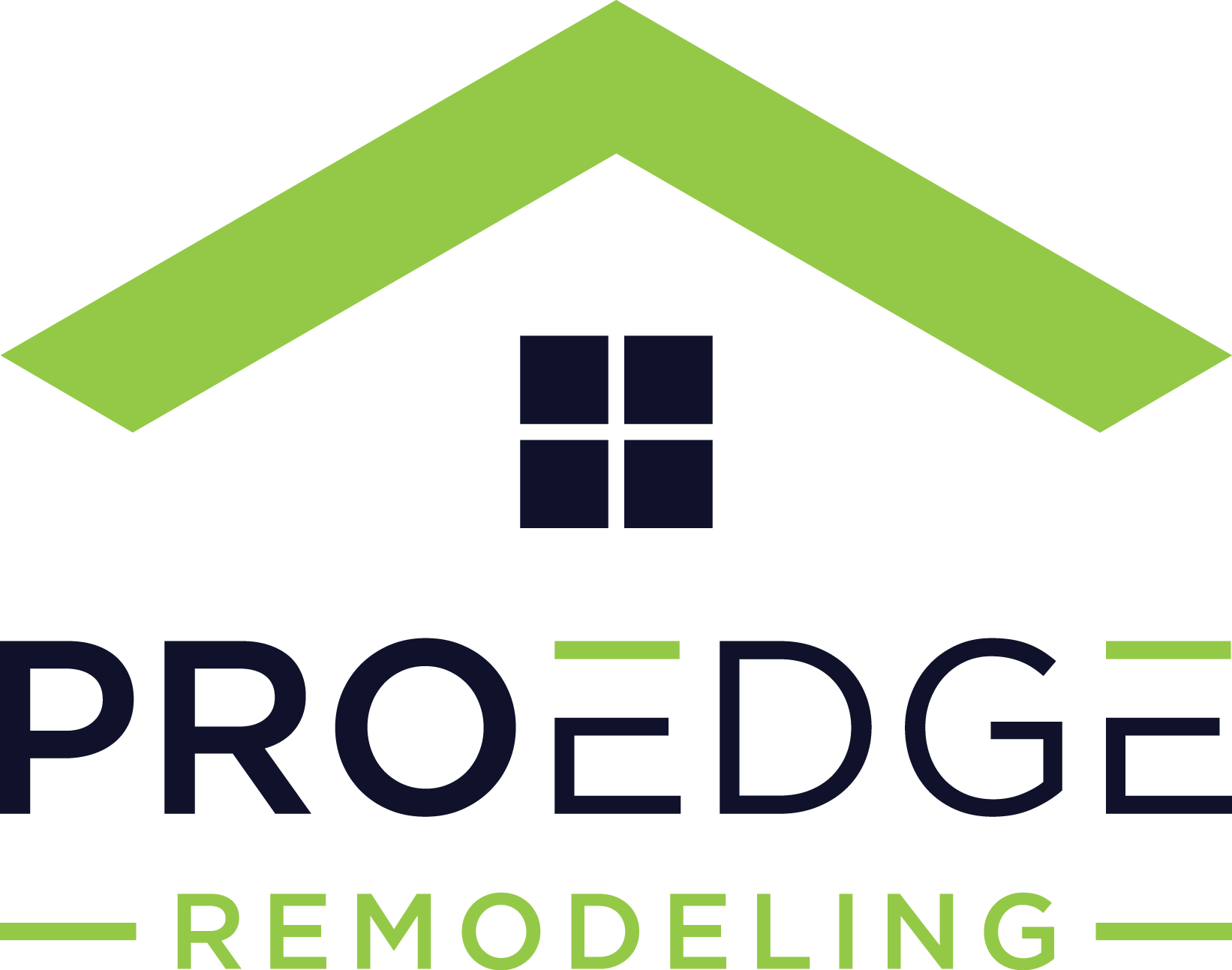How Much Does Crawl Space Encapsulation Cost?

Have you noticed a musty smell in your home, uneven floors, or rising energy bills? If so, moisture in your crawl space could be the issue. Crawl space encapsulation is a proven way to prevent structural damage, improve air quality, and enhance energy efficiency. But how much does it cost, and is it worth the investment?
Encapsulation costs can vary widely depending on factors like crawl space size, material quality, and any necessary repairs. On average, homeowners can expect to spend anywhere from $1,500 to over $25,000 on a complete encapsulation project.
Read on to learn what affects pricing, how to cut costs, and whether a DIY approach makes sense for your home.
Table of Contents
What Is Crawl Space Encapsulation and Why Does It Matter?
Crawl space encapsulation is the process of sealing the area beneath your home to control moisture, improve air quality, and prevent damage to your foundation. The process typically involves:
- Installing a vapor barrier – A thick plastic sheet that covers the crawl space floor and sometimes the walls to block ground moisture.
- Sealing vents and gaps – Prevents outside air, humidity, and pests from entering the space.
- Adding insulation – Helps regulate temperature and reduce energy loss.
- Installing a dehumidifier – Controls humidity levels and prevents mold growth.
- Setting up drainage solutions – Includes sump pumps or French drains to manage standing water.
Why Encapsulate Your Crawl Space?
Encapsulating your crawl space provides several key benefits:
- Moisture Control – Prevents mold, mildew, and wood rot.
- Energy Savings – Lowers heating and cooling costs by up to 20%.
- Improved Indoor Air Quality – Reduces allergens, dust mites, and pollutants in your home.
- Pest Prevention – Deters rodents and insects from nesting.
- Structural Protection – Minimizes long-term damage to your home’s foundation.
If you’ve experienced high humidity levels, mold growth, or pests in your crawl space, encapsulation could save you thousands in future repair costs.
How Much Does Crawl Space Encapsulation Cost?
The cost of crawl space encapsulation depends on several factors, including size, condition, materials, and labor. Here’s a breakdown of what you can expect.
Cost by Crawl Space Size
The larger the crawl space, the more materials and labor required—raising the overall cost.
Crawl Space Size | Estimated Cost |
500 sq. ft. | $1,500 – $6,000 |
1,000 sq. ft. | $3,000 – $12,000 |
2,000 sq. ft. | $6,000 – $24,000 |
Other Factors That Affect Cost
Beyond size, several other factors influence how much you’ll pay for encapsulation.
1. Crawl Space Condition
If your crawl space needs repairs before encapsulation, expect additional expenses:
- Mold remediation: $500 – $6,000
- Pest control treatments: $200 – $800
- Structural repairs (joist reinforcement, wood replacement): $1,500 – $15,000
If standing water is present, installing a sump pump or French drain system may be necessary before encapsulation.
2. Materials Used
Higher-quality materials increase costs but provide better durability and moisture protection.
- Vapor barrier (12-mil to 20-mil thickness): $0.50 – $0.70 per sq. ft.
- Insulation:
- Fiberglass: $0.40 – $1.50 per sq. ft.
- Spray foam: $0.50 – $2.00 per sq. ft.
- Dehumidifiers (optional but recommended): $800 – $1,200
3. Labor Costs
Professional labor ensures proper installation but adds to the total price.
- Professional installation: $3,000 – $15,000+
- DIY installation savings: Up to 50% (but requires expertise)
4. Climate and Location
- Higher humidity regions: Costs may increase by 15% – 30% due to extra moisture control measures.
- Urban areas: Higher labor rates may raise costs by 10% – 20% compared to rural areas.
DIY vs. Professional Crawl Space Encapsulation: Which Is Right for You?
If you’re considering crawl space encapsulation, you might be wondering whether to tackle it yourself or hire a professional. Both options have their pros and cons, and the right choice depends on your budget, experience level, and the condition of your crawl space.
DIY Encapsulation
A DIY approach can save you money, cutting labor costs by up to 50%. If you’re comfortable with home improvement projects, installing a vapor barrier, sealing vents, and adding insulation might be manageable. However, crawl space encapsulation requires specialized tools and attention to detail. Mistakes—like improper sealing or inadequate drainage—can lead to mold growth, trapped moisture, and long-term structural issues. If your crawl space has existing water damage or humidity problems, DIY may not be the best option.
Professional Encapsulation
Professional encapsulation, while more expensive, offers long-term reliability and peace of mind. Contractors have the expertise, tools, and materials to properly seal and protect your crawl space. They can also install sump pumps, drainage systems, and high-performance dehumidifiers, which may be necessary in humid climates. Plus, most professionals offer warranties, ensuring that your encapsulation system remains effective for years.
If your crawl space is small, dry, and in good condition, DIY may be a cost-effective option. However, if you’re dealing with moisture problems, structural concerns, or a large crawl space, hiring a professional is the safest way to ensure long-term protection and energy efficiency. Before making a decision, consider getting multiple quotes from professionals to compare costs and benefits.
How to Save Money on Crawl Space Encapsulation
Encapsulation doesn’t have to break the bank. Here are a few ways to reduce costs:
1. Compare Contractor Quotes
- Request at least three estimates to find the best value.
- Look for companies offering free inspections or financing options.
2. Choose Cost-Effective Materials
- 12-mil vapor barriers are cheaper than 20-mil while still offering protection.
- Fiberglass insulation is more affordable than spray foam, but may require more maintenance.
3. Consider Partial Encapsulation
- If a full encapsulation isn’t necessary, sealing only high-risk areas can cut costs.
4. Plan for Off-Season Installation
- Some contractors offer discounts in the winter or early spring when demand is lower.
Is Crawl Space Encapsulation Worth It?
Encapsulation is a long-term investment that protects your home from moisture damage and improves energy efficiency. Here’s why it’s worth considering:
- Lowers energy bills – Reduces heating and cooling costs by 15%–20%.
- Prevents structural damage – Protects against wood rot and foundation issues.
- Improves home value – A well-sealed crawl space is attractive to buyers.
- Creates healthier air – Reduces allergens and moisture-related problems.
For homeowners in moisture-prone areas, encapsulation prevents costly repairs and ensures long-term home protection.
Conclusion
Crawl space encapsulation costs range from $1,500 to over $25,000, depending on the complexity of the project and materials used. When budgeting, consider factors like crawl space size, existing damage, and your local climate.
While hiring a professional ensures quality and durability, a DIY approach can save money if you have the right skills. To get the best value, explore financing options, compare contractor quotes, and choose cost-effective materials.
Additional Home Improvement Resources

Anna has over six years of experience in the home services and journalism industries and serves as the Content Manager at MyHomePros.com, specializing in making complex home improvement topics like HVAC, roofing, and plumbing accessible to all. With a bachelor’s degree in journalism from Auburn University, she excels in crafting localized, comprehensive guides that cater to homeowners’ unique needs. Living on both coasts of the United States has equipped her with a distinctive perspective, fueling her passion for turning any house into a cherished home through informed, personalized decision-making.








